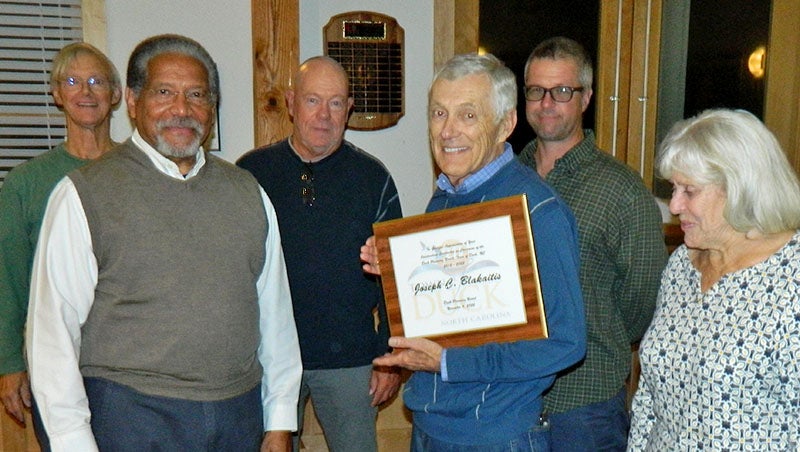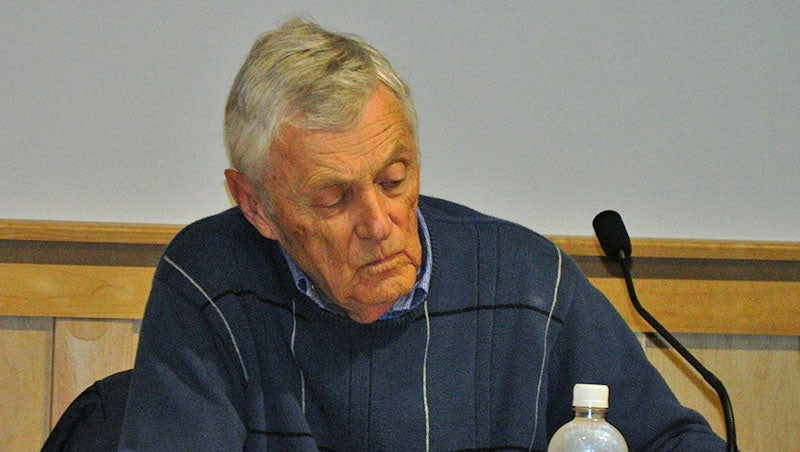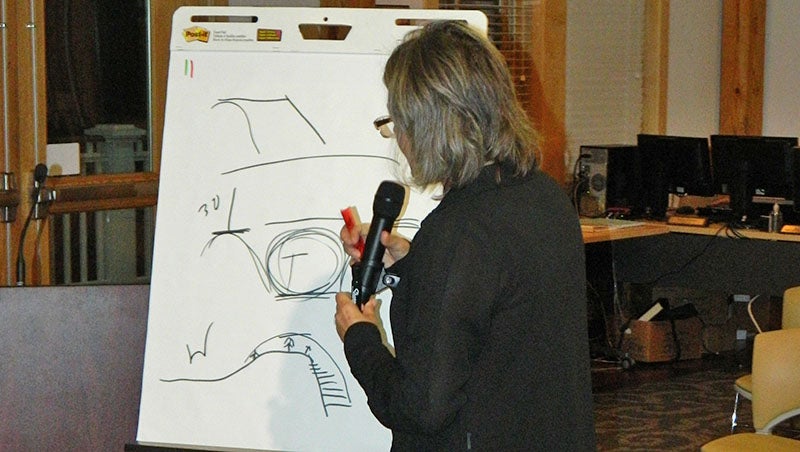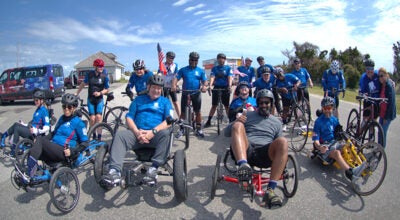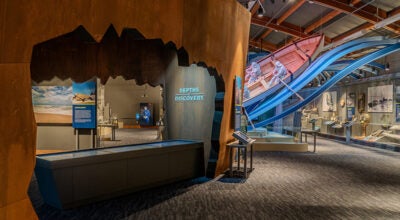Joe Blakaitis honored at Duck Planning Board meeting
Published 8:28 am Saturday, November 19, 2022
|
Getting your Trinity Audio player ready...
|
Departing from the evening’s printed agenda, Duck Planning Board members, at their November 9 meeting, paid tribute to current board member Joseph C. Blakaitis.
Following a motion by Tim McKeithan that the years of service by Blakaitis and his accomplishments as chairman should be recognized, current board Chair James Cofield formally presented Blakaitis with a large plaque acknowledging outstanding leadership as chairman of the Duck Planning Board.
Earlier this year, at the June 8 meeting, Blakaitis repeated an earlier announcement that after serving as Planning Board chair for 10 years, he thought it was time for new leadership and he would be stepping down. Cofield was elected as the new chair of the five-member board and Blakaitis was elected vice chair.
Having the longest tenure of any other Duck Planning Board chair, Blakaitis served in that position from May 2012 until this past June. It was a period covering just over half of the town’s history since its May 1, 2002 incorporation.
After accepting the plaque, Blakaitis said “I don’t have anything to say other than it’s all because of the great people I have had to work with. It’s been a pleasure.”
He did go on to credit his success as chair to the dedication and attention to details of town staff like senior planner Sandy Cross, director of community development Joe Heard and his fellow board members.
Returning to the night’s regular agenda items, board members looked at some options for dune walkover structure elevation requirements. While resolving several town ordinance inconsistencies for walkovers at the July 13 meeting, Cofield noted at that meeting that since the six miles of beach dunes are different from one place to another, what is a common dune structure in the northernmost area is not the case for the southernmost area. He then said he felt Duck needed some additional flexibility.
Speaking at the meeting, Joseph “Duke” Geraghty with the Outer Banks Home Builders Association pointed out that in his experience, not only are no two dunes alike but any part of a dune can also change almost overnight.
Duck is currently one of the few local areas with ordinance regulations for dune walkovers. Currituck has guidelines in place and Southern Shores has almost identical regulations to the ones Duck approved in 2013. Marc Murray pointed out also that jurisdictions without specific dune regulations default to CAMA requirements.
Cross explained that CAMA regulations are purposely ambiguous so that local permit officers can make determinations based on what is permissible for their own locality. That allows Duck some leeway for determining what is most appropriate to handle a dynamic dune environment.
At the end of discussion, board members voted to recommend two sections of code be amended.
The first was for Chapter 94.04 of Duck Town Code to require dune walkover structures be elevated at least 18 inches above the dune when the dune is determined to be a frontal dune. No elevation above the dune is required when a walkover structure extends over a primary dune, and dune elevations may be determined through use of current contour data or surveyed elevations.
The second change was in Subsection 156.124(C)(1)(b) for the underside of a dune walkover structure across a frontal dune to be a minimum of 18 inches and a maximum of 30 inches above grade with the underside of a dune walkover structure across a primary dune to be a maximum of 30 inches above grade.
Under new business, the board discussed, without taking any action, lot coverage allowances for alternative surfaces such as pavers and artificial turf.
Heard explained that it can at times be challenging for staff to determine to what degree such alternatives should be granted relief as pervious or semi-pervious surfaces. He went on to say staff was looking for guidance and direction to develop specific parameters for what types of surfaces qualify as well as when and how to apply lot coverage standards for those alternative surfaces.
Heard said he was not asking for any immediate action and any regulation suggestions would be incorporated into a draft proposal for later review, most likely in December.
Following a discussion on the driving forces behind lot coverage limitations and how permeable surfaces impact lot coverage and stormwater requirements, Heard said he thought he had some direction.
“It sounds like the board wants a hybrid approach with lot coverage definitions to be driven by stormwater and intensity of development,” said Heard. “You also want allowances for surfaces not already defined by ordinance, a requirement that installation be per manufacturer specification, some means of verifying the sub-base for surface materials, and maintenance standards for those types of products needed to maintain their permeability.”
The only other business for the evening was approval of the September 14 meeting.
The next Planning Board meeting is scheduled for 6:30 p.m. on Wednesday, December 14.
SUBSCRIBE TO THE COASTLAND TIMES TODAY!


